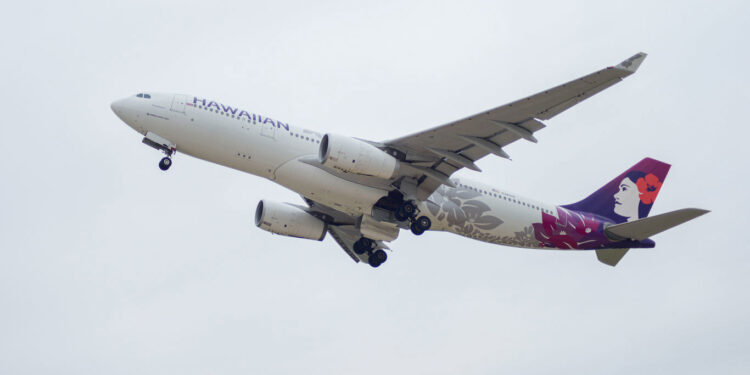Hawaiian Airlines will suspend three underperforming international routes this autumn whilst expanding capacity on popular destinations including Seattle, as the carrier adjusts its network to post-pandemic travel patterns.
The Honolulu-based airline announced it will end service to Seoul, South Korea; Fukuoka, Japan; and Boston by late November. The Boston route, at 5,095 miles, was the longest domestic flight within the United States.
CEO Joe Sprague cited persistent weak demand following the pandemic as the primary factor behind the cancellations. “Despite our team’s best efforts, soft post-pandemic travel demand from Asia, combined with various market challenges, have persisted in Seoul, as well as in Fukuoka and Boston,” Sprague said.
The final flights from Fukuoka and Boston will operate on November 19, whilst the last Seoul service departs November 21. Hawaiian will contact affected passengers with rebooking options or refunds.
Aircraft previously assigned to the cancelled routes will be redeployed to higher-demand destinations. Seattle benefits from this reallocation, with Hawaiian adding a fourth daily flight between Honolulu and Seattle from late November through mid-April.
Other capacity increases include daily service to Sydney, Australia (up from five weekly flights), doubled weekly service to Papeete, Tahiti beginning March 2026, and a fifth daily Los Angeles flight during peak holiday periods.
The route adjustments reflect broader industry trends as airlines continue adapting to changed travel patterns three years after the pandemic. Asian travel demand has been slower to recover compared to domestic and other international markets.
Hawaiian operated the cancelled routes with Airbus A330-200 aircraft, running three weekly flights to Fukuoka, four to Boston, and five to Seoul. The redeployed aircraft will allow the airline to better serve markets showing stronger recovery.
Despite the Asian route cuts, Hawaiian maintains its commitment to trans-Pacific service through continuing Japan flights and partnerships with other carriers for Seoul connections. The changes take effect as the airline focuses resources on routes demonstrating sustained passenger demand.







